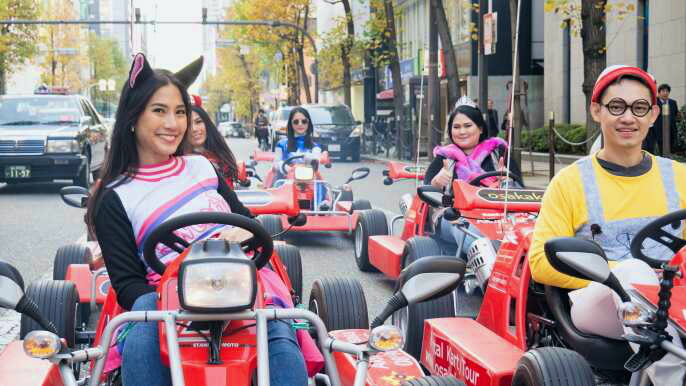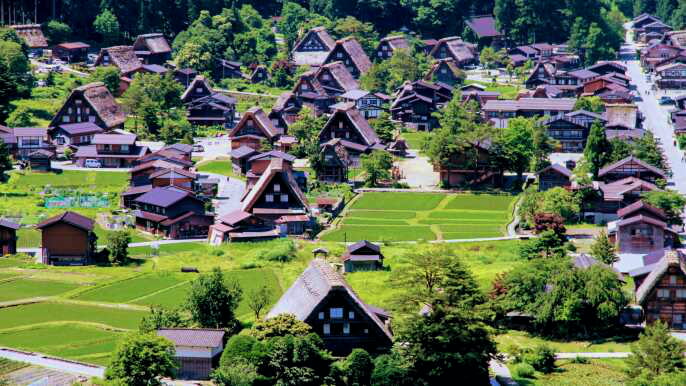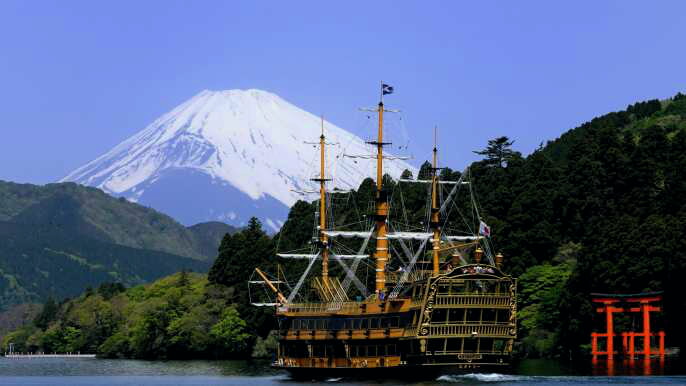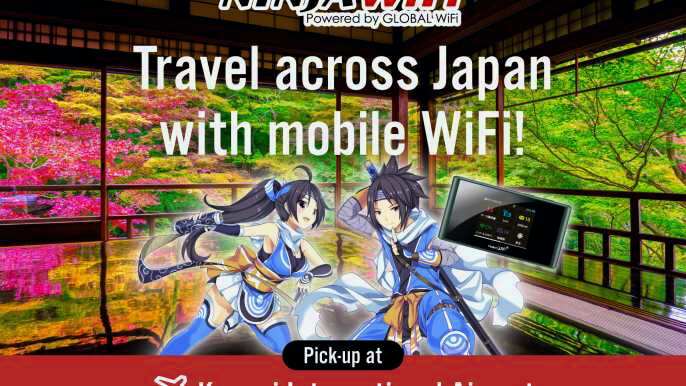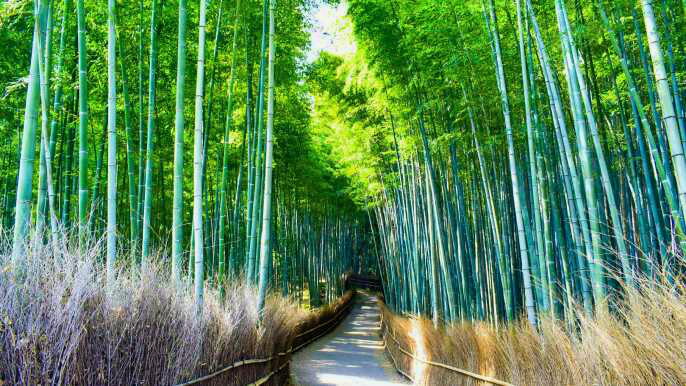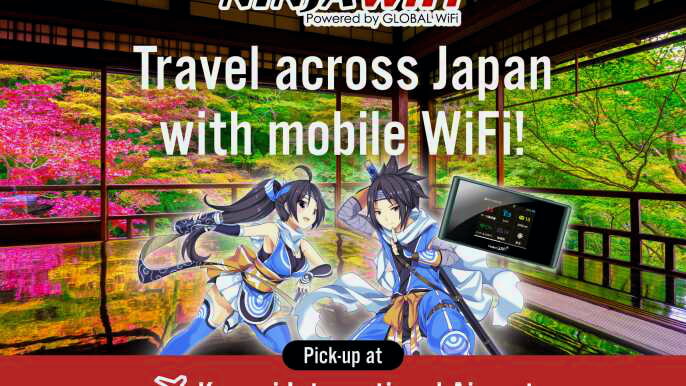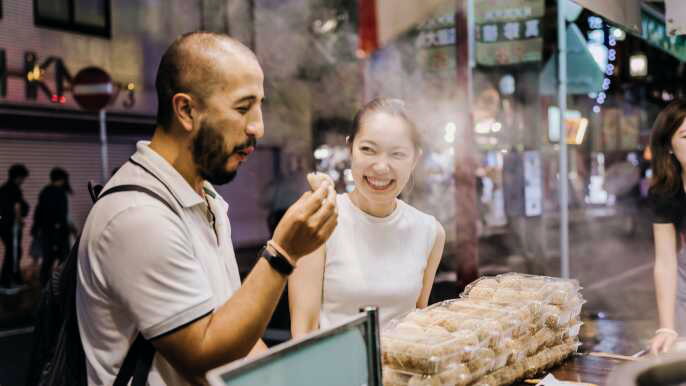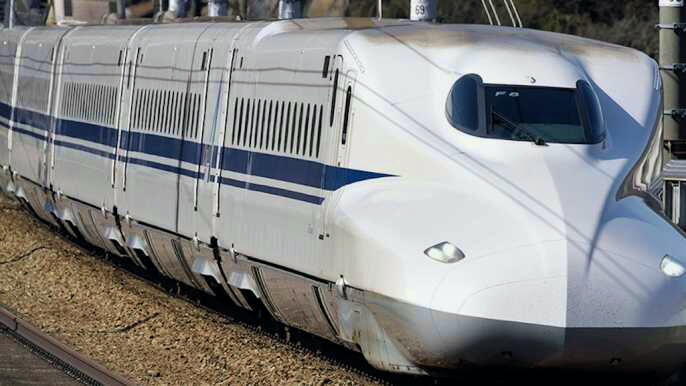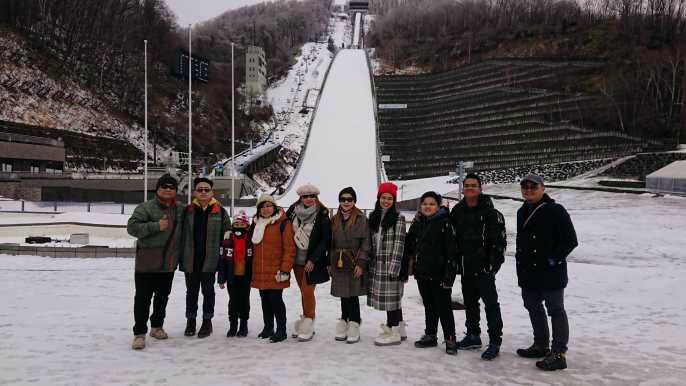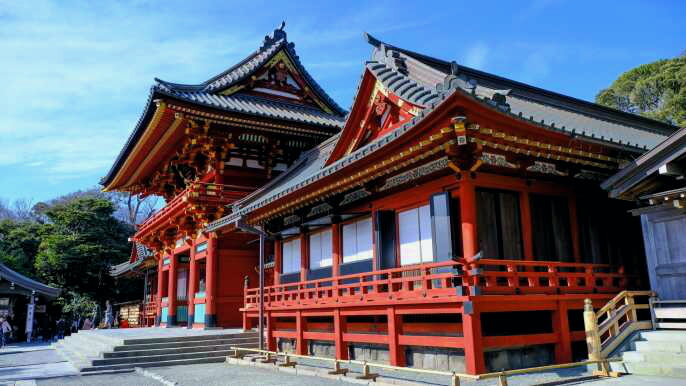Hiroshima is a beautiful Japanese city, with a lot to see and do. This UNESCO World Heritage site is home to the Peace Memorial Park, the Atomic Bomb Dome and the Itsukushima Shrine.
Another great thing to do in Hiroshima is the annual Water Fireworks Festival, which takes place every August. This is an amazing event where fireworks are launched over the Itsukushima shrine.
Hiroshima Castle
While Hiroshima is primarily known for the Atomic Bomb Dome and the Peace Memorial Park, there’s another must-see in town: Hiroshima Castle. The city-center castle is one of Japan’s 100 Great Castles (Ri Ben Bai Ming Cheng), and its five-story donjon was rebuilt after it was destroyed in the atomic bombing.
Unlike many Japanese castles, which were usually built on mountains to defend against invaders, Hiroshima Castle was built on flat land. This was because Mori Terumoto, a Daimyo (lord) who controlled a large area, noticed that Hiroshima, on the delta of the Ota River, was at a key location for trade and military operations.
The tower and other castle gates were reconstructed in 1958, while the ninomaru section, including the Omotegomon gate and its connected yagura watchtower structures (waki-yagura, tamon-yagura, and taiko-yagura), was restored in 1994. These structures, still elegant and shiny on a clear day, look especially stunning from the Gomon Bridge leading to them.
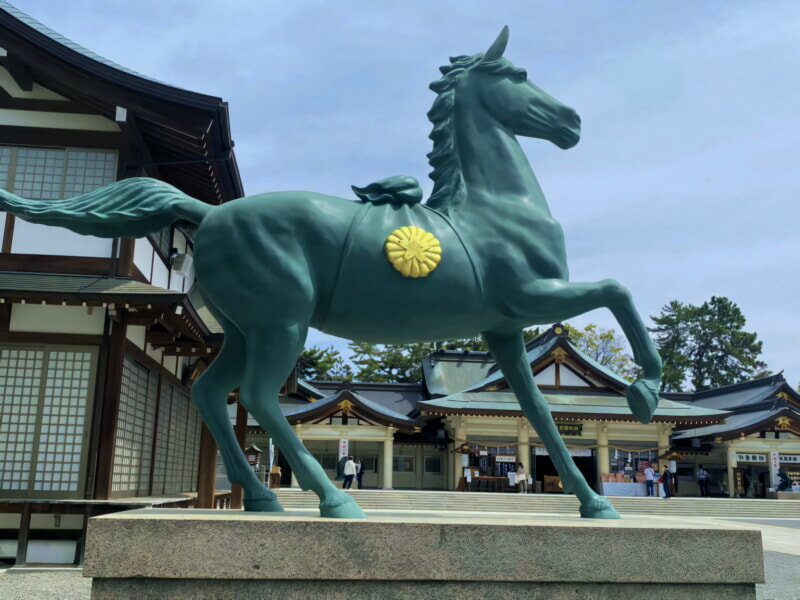
Mitaki-dera Temple
Known as the “Three Waterfalls Temple” due to the three waterfalls that flow into the grounds, Mitaki-dera is a beautiful and atmospheric place of worship. Its maple tree park is especially attractive in the fall when the leaves blaze bright red.
There are also a number of stone Buddha statues and tanka inscriptions scattered throughout the moss-covered forest. The two-story pagoda in the center of the complex was originally from Hiro-Hachiman Shrine in Wakayama, but was moved here in 1951 to help comfort the souls of those killed by the atomic bomb.
It’s a quaint and quiet temple, but it’s a great place to relax and meditate. It’s a popular hanami spot during the cherry blossom season and is also stunning in autumn, when the leaves change color.
The hike to the main hall is not difficult and the scenery is absolutely breathtaking. It takes about 2 hours to get to the top of the 365-meter mountain that Mitaki-dera sits on (officially called Mount Uematsu and Mount Soko). From there you can enjoy the view of Hiroshima city and have lunch at a restaurant.
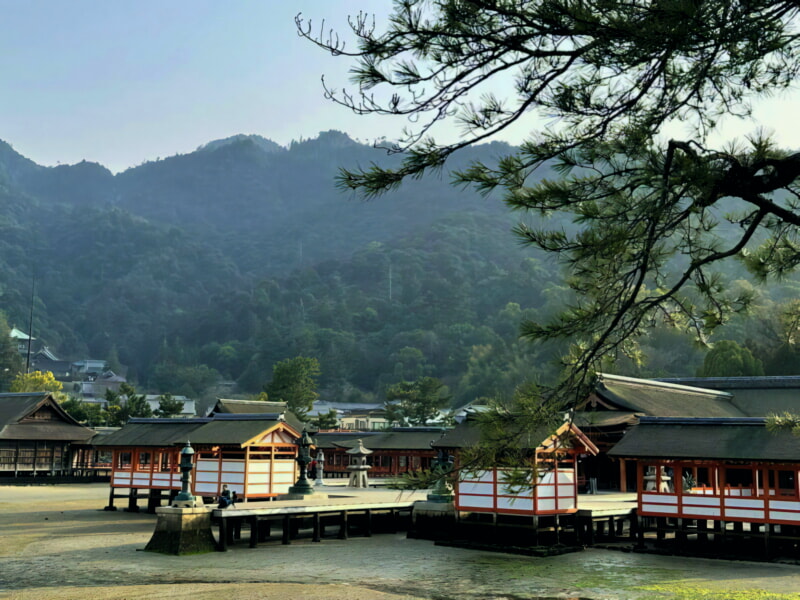
Hiroshima Museum of Art
When it comes to a day trip from Hiroshima, there are few things more rewarding than a leisurely stroll through one of the city’s art museums. These places are large and small, some showcasing collections of paintings, others featuring Eastern ceramics, yet all of them leave a lasting impression on visitors.
Founded in 1978, the Hiroshima Museum of Art is a modest yet delightfully compact space with European artwork displayed inside a round building (like a muffin) in the center of a walled compound. The museum is free to enter and you can easily spend an hour or more in here without feeling crowded or in any hurry.
While most of the European works on display are French Impressionists, this museum also has a good collection of Japanese oil paintings. There are about 90 of these works on display from the period after the Meiji Period to modern times.
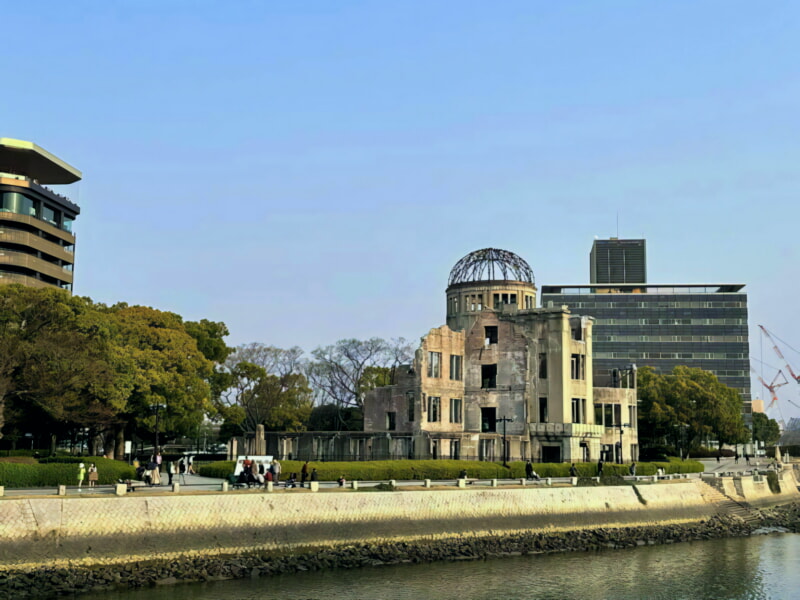
Children’s Peace Monument
The Children’s Peace Monument in Hiroshima Peace Memorial Park is dedicated to the thousands of children who died as a result of the atomic bomb. It was originally inspired by the story of Sadako Sasaki, who was exposed to radiation when she was just two years old, later developing leukemia and dying at the age of twelve.
Her classmates responded to her death by putting out a call to build a memorial for all the children who had been killed in the bombing. The movement quickly spread to other schools in Japan and abroad, raising funds for the construction of a statue. The memorial was dedicated to all the victims of the atomic bomb on May 5, 1958.
